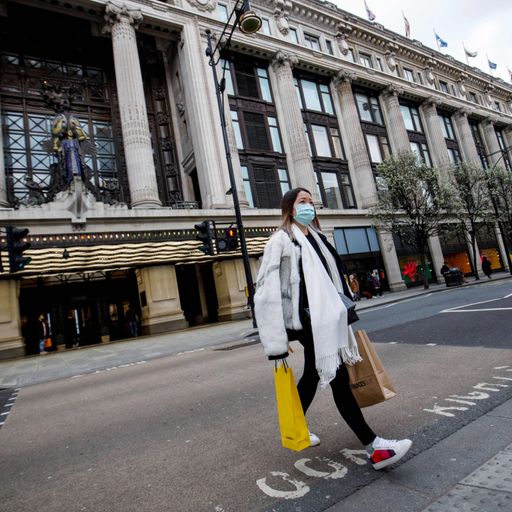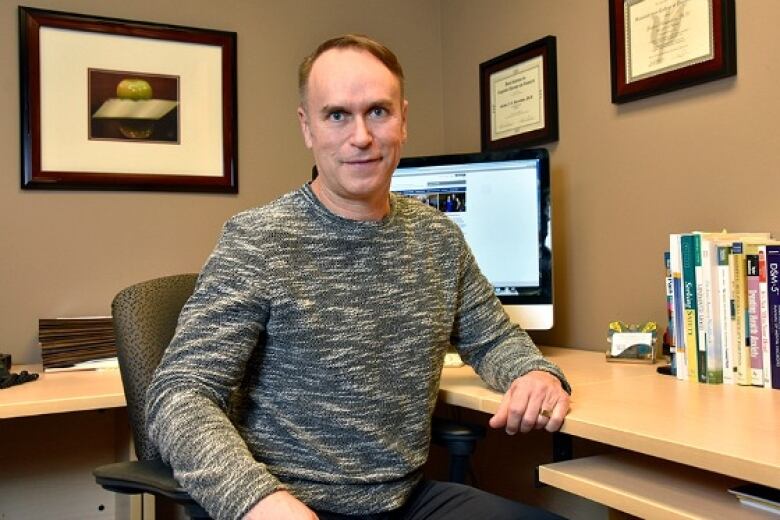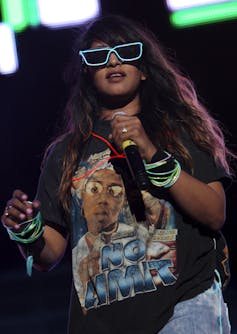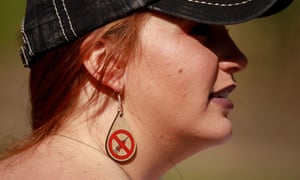BY MARINA PITOFSKY - 04/23/20

© Getty Images
Actor John Cho penned a new op-ed addressing racism experienced by Asian American people amid the coronavirus pandemic.
“I called my parents a few nights ago to tell them to be cautious when stepping out of the house, because they might be targets of verbal or even physical abuse. It felt so strange. Our roles had flipped,” the "Star Trek" and "Harold & Kumar" star wrote in the piece published Wednesday.
“My plea mirrored the admonitions I received from them as a child growing up in Houston. The world, they cautioned, was hostile and it viewed us as strangers. So they warned me to stick close to my family. Close to my kind,” he continued.
At the end of last month, attacks against Asian American people skyrocketed to approximately 100 per day, according to Rep. Judy Chu.
Cho said that as he became a famous actor, “In some ways, I began to lead a life devoid of race.”
“But I’ve learned that a moment always comes along to remind you that your race defines you above all else,” he added.
He remarked on a time in 2004 when he was traveling with fellow actor Kal Penn and Penn’s friend, identified as Gabe. Gabe, who is white, forgot to remove a hunting knife from his backpack. Cho and Gabe were not stopped by airport security, while Penn, who is the child of Indian immigrants, had his bag searched.
“Asian Americans are experiencing such a moment right now. The pandemic is reminding us that our belonging is conditional. One moment we are Americans, the next we are all foreigners, who ‘brought’ the virus here,” Cho wrote in the op-ed.
“Like fame, the ‘model minority’ myth can provide the illusion of ‘raceless-ness.’ Putting select Asians on a pedestal silences those who question systemic injustice. Our supposed success is used as proof that the system works — and if it doesn’t work for you, it must be your fault,” he added.
Cho, who was born in South Korea, also remarked on his U.S. naturalization ceremony in 1990.
“I remember being surprised by the judge at the ceremony asking me whether I would defend my country in uniform if called upon. I wasn’t expecting that question, though my friends and I had been wondering about a possible draft, and I took my time to truly consider it. I answered yes and I meant it,” Cho said.
“I claimed the citizenship my parents wanted for me and I think I’ve spent my life earning it. I’m not going to let anyone tell me or anyone who looks like me that we are not really American,” he added.
Cho called on everyone to reject hate in their communities, saying: “Please don’t minimize the hate or assume it’s somewhere far away. It’s happening close to you. If you see it on the street, say something. If you hear it at work, say something. If you sense it in your family, say something. Stand up for your fellow Americans.”





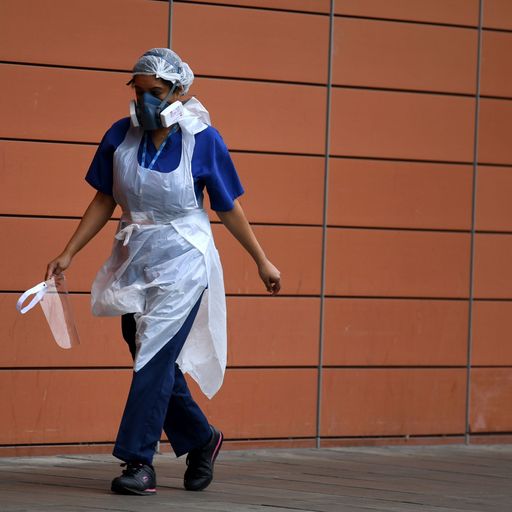



 I
I
